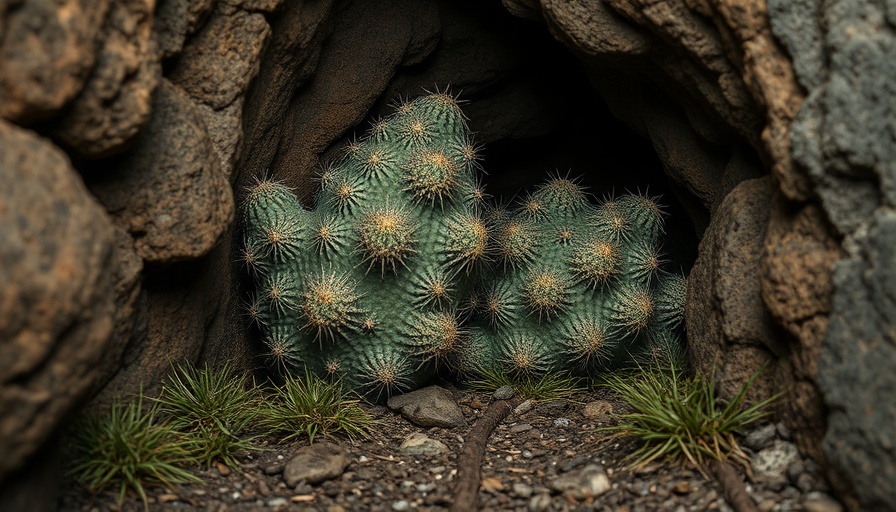
La Vida Oscura del Guácharo: Un Misterioso Habitante de las Cavernas
El guácharo (Steatornis caripensis), también conocido como pájaro aceite, es una de las criaturas más fascinantes y menos comprendidas de Sudamérica. Estas aves nocturnas viven en enormes colonias dentro de oscuras cuevas, emergiendo al anochecer para alimentarse de frutas, como aguacates y nueces de palma, lo que les otorga una apariencia regordeta a sus polluelos. Sin embargo, no solo su dieta es intrigante, sino que su vida está inmersa en características adaptativas sorprendentes.
Adaptaciones Fascinantes para la Oscuridad
A diferencia de muchos otros pájaros que dependen de la luz del día, el guácharo ha evolucionado para prosperar en la oscuridad. Utilizan un extraordinario sentido del olfato para localizar los frutos y ecolocación para navegar por el laberinto de las cuevas que habitan. Similar en ciertos aspectos a los murciélagos, estos pájaros han desarrollado una aguda visión nocturna y la capacidad de emitir sonidos que les ayudan a orientarse, lo que es crucial en su hábitat cavernoso.
Un Enfoque Científico sobre su Ecología y Conservación
Recientes investigaciones han arrojado nuevas luces sobre el guácharo, revelando que, contrariamente a la creencia popular de que siempre habitan en completo aislamiento, utilizan los bosques circundantes para alimentarse. Equipados con dispositivos de rastreo GPS, científicos han descubierto que estos pájaros pasan proporciones significativas de su tiempo fuera de las cuevas, lo que contribuye al la dispersión de semillas a lo largo del ecosistema. Esto es vital para la salud de los bosques neotropicales, donde su capacidad de dispersar semillas sería un factor clave para el crecimiento de la vegetación.
Los Desafíos del Guácharo en un Mundo Cambiante
A medida que el ecoturismo en países como Colombia se expande, se evidencian preocupaciones sobre los efectos de esta actividad en la vida de los guácharos. Un estudio sugiere que el ruido y la luz generados por los turistas pueden alterar sus patrones de descanso y alimentación, creando un estrés que podría llevar a disminuciones poblacionales. Dado que el guácharo tiene una de las visiones más sensibles a la luz en el reino animal, la interacción humana puede tener efectos adversos, a pesar de los beneficios económicos que el ecoturismo trae a muchas comunidades locales.
Puntos Clave sobre la Conservación del Guácharo
Para asegurar la supervivencia del guácharo, se hace imprescindible considerar métodos de conservación que protejan no solo a las aves, sino también a su hábitat natural. Promover prácticas de ecoturismo responsables y educar a los visitantes sobre la importancia de estas aves nocturnas contribuiría significativamente a su preservación. Culturalmente significativas y ecológicamente valiosas, los guácharos son fundamentales para la salud de los ecosistemas que habitan.
 Add Row
Add Row  Add
Add 


Write A Comment